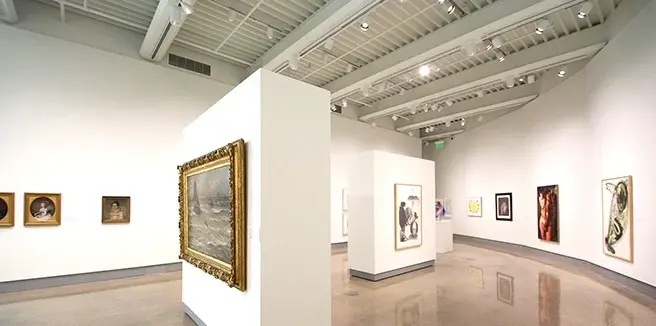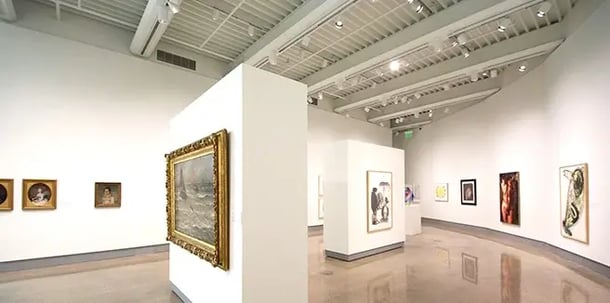

The common concern in terms of the optical safety of LEDs focuses on the Spectral Power Distribution (SPD) of blue wavelength light or light in the violet and blue range of the spectrum (between about 400 and 500 nm). The short-wavelength “blue” region of SPD is around 450 nm, with a broader peak somewhere between 550-650 nm. Higher levels of ‘blue light’ are more commonly linked with optical damage specifically caused by optical radiation or electromagnetic radiation of wavelengths between 100nm and 1mm. However, experts say that a broader blue light peak does not equate to higher emissions of blue light.
In terms of the risk to objects of value including archival documents and museum quality artwork, after several studies the International Commission on Illumination (CIE) determined that LEDs carry no greater risk than do other sources of the same Correlated Color Temperature or CCT. In fact the correlation to optical damage lies more in the increase of CCT in any light source rather than its relation specifically to LEDs. Therefore, the potential damage caused by pure-blue LEDs or other non-white light sources, which naturally carry higher levels of CCT, should be further studied for long-term optical risk.
The bottom line seems to suggest that increased optical exposure to radiation of blue wavelength light and in fact of any wavelengths runs the risk of greater thermal retinal damage, whether it be from incandescent lighting, fluorescent lighting or even from staring into the sun for an extended period of time. The same statement can be made for overexposure of wavelengths to objects of value. The concern lies not necessarily in LED lighting, but in the responsibility and optical safety practices of the individual as well as their safe handling and exposure protection of objects of value.
Lighting design is a key contributor to the efficiency of a building’s operations. Get your free copy of our Building Commissioning Playbook to learn more about how the commissioning process can deliver greater efficiency across all your building’s systems and processes.